Ashbourne Drive sounds a bit more like a street full of retired bank managers than the location of an imposing, all-new General Motors advanced car design studio.
But then Spa Park, through which Ashbourne Drive runs, isn’t your usual British industrial estate either, missing out on shabby factories, Portakabins selling burgers and cars badly parked on every footpath.
Instead, GM’s new European design base, quietly set up around three years ago on the outskirts of busy Leamington Spa by its director, Englishman Julian Thomson, is a tribute to the designer’s art in itself.
It is one of those impressive industrial buildings of the modern era designed for maximum interior flexibility – in this case, spacious mezzanine floors front and rear for offices and meeting rooms, a covered working area on one side of the ground floor for around 30 people and huge windows on the other to flood the working area with light.
The whole thing provides 25,000 square feet of space, dedicated to unbridled creativity, and outside is a high-walled yard for exterior viewings, complete with its own dark Tarmac, because cars look different on real roads.
In the centre of the building – occupying the approximate space of two tennis courts – are spaces for half a dozen full-sized car models in development, overhung by automated milling machines that can shape designs, according to digital instructions, even when the human staff are asleep or away for the weekend.
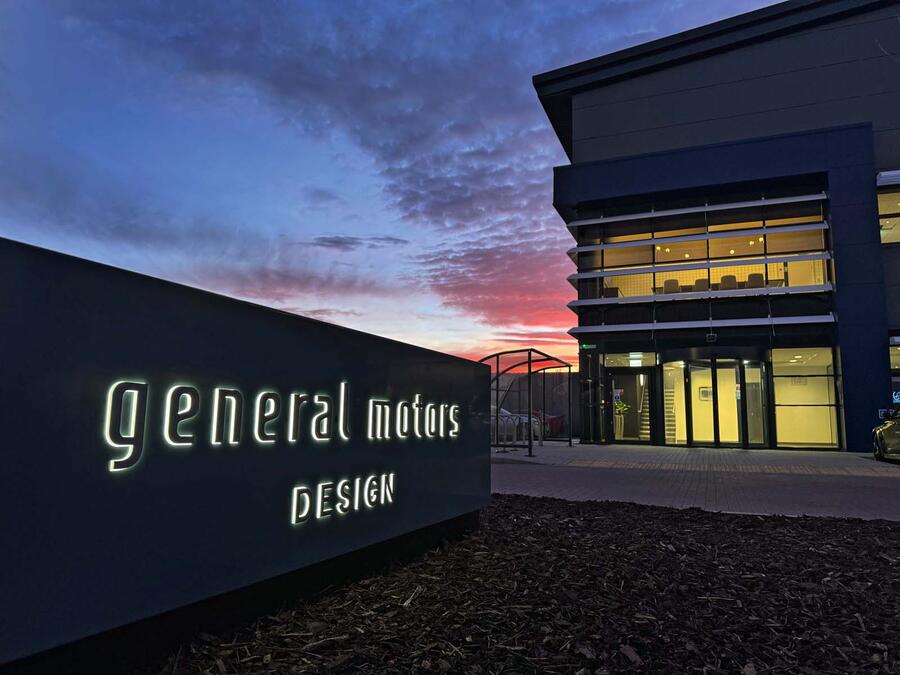
All rooms are sparsely but expensively furnished: this place may have started life as an industrial unit, but there’s an aura of warmth and homeliness about it that encourages pride and feeds creativity.
“The amount of work we’ve done in the past couple of years is immense,” says Thomson. “We’ve touched every brand, we’ve made lots of good friends and contacts in GM and we’re already very much part of the process.”
Still, the question hangs: why does GM need a design operation in Europe? After all, in the medium term, it will sell only electric Cadillacs, Corvette sports cars and some top-end commercial vehicles here, and these will very much be American cars.
There used to be an impressive GM design studio at Luton, back in the heyday of Vauxhall, and an even bigger one at Rüsselsheim in Germany when Opel became the senior brand, but those were swept away when the PSA Group bought Opel-Vauxhall eight years ago.
Thomson has no doubts about his usefulness. If you run a multi-branded car company such as GM, he contends, more than anything else you need good ideas. And plenty of them.
“It’s no longer good enough to design cars for one territory or another,” he says. “Your designs must be understood everywhere. You need diversity among designers too – different backgrounds and ages.
If you had a studio in just one area, you would get a very strong viewpoint reflecting specific trends, aspirations, lifestyles. GM knows this, and it knows it needs to gather influences from Europe. That’s why we’re here.”
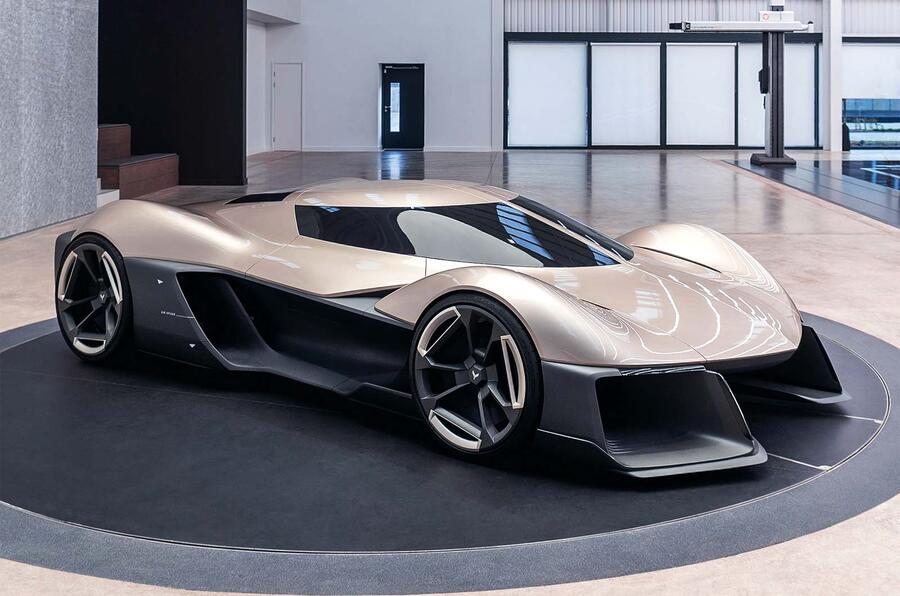
Other foreign locations leave no doubt that GM’s global intentions are as strong as ever: there are two studios in the US (Detroit and California), plus one in South Korea and another in China.
The establishment in Ashbourne Drive seems to have been driven by when Thomson became available and the empathetic relationship he has developed with Michael Simcoe, GM’s vice-president of design.
Thomson is very experienced: he trained at the Royal College of Art in London, where he was sponsored by Ford, then joined Lotus, where he took the top job after Peter Stevens left, and famously designed the original Elise.
After a couple of years at Volkswagen advanced design in Barcelona, he moved to Jaguar Land Rover, where he formed a happy partnership with Ian Callum, taking the top job when Callum departed. Then came GM.
“They said I could put this place anywhere in Europe,” says Thomson, leaning back contentedly in his Warwickshire office, “so I suppose we could now be in Nice. But I like this area. It’s a real hotbed of car design talent; there are half a dozen other big studios in the area.
And I wanted to get things up and running quickly, to make a good impression. I had friends in design here who I absolutely knew were the best in the business so I was able to put a team together quickly. We’ve got 35 people – designers, engineers, digital designers and clay modellers – and we’re a great team.”
Thomson acknowledges that he’s no architect, but he devised the studio layout himself, using prior experience of other studios, advice from experts and by talking to designer friends in the pub. He sent a detailed proposal off to GM and the bosses agreed to build something very much like it – a decent start.
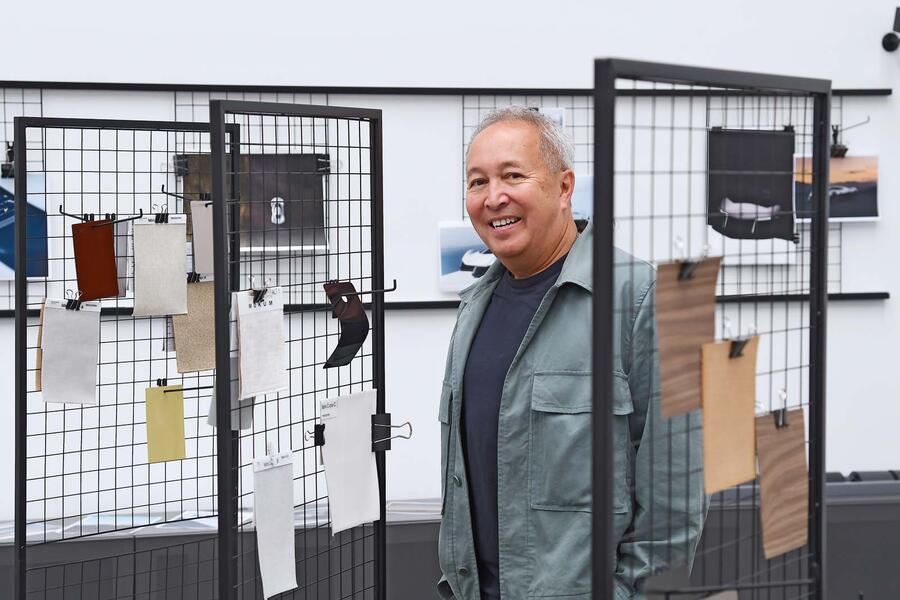
“Of course there were some tough times,” says Thomson. “I remember being in Thailand once, turning on a Teams [video conferencing] call late at night and being confronted by a grid of about 10 angry builders wanting to talk about drains and electrical supply. But we worked it out. That was just a low point. We’re really happy with what we have now. It’s working brilliantly.”
Easily GM Design Europe’s best-known piece of work so far is their concept for a Corvette C10 – one model beyond the C9 that is approaching production as a replacement for today’s C8. It is one of three concepts commissioned by Simcoe as a way of influencing the C9. It’s an unusual way of doing things, but the UK effort has evidently been well received across the pond.
One of the challenges for Europe is dealing with the issue of Americanness, says Thomson: “When we did the Corvette, some people thought we would just do a European car with a Corvette badge on it.
"But that would have completely missed the point. Corvette has a tremendous history; it’s the world’s most successful sports car. We had to respect that – but hopefully give it some freshness and some features that would make people think.”
The key to this new challenge of doing American cars in Europe, believes Thomson, is to recognise the things Europeans value in American design: “Everyone watches American films and TV and buys American clothes. Ideas of optimism, of confidence, of entertainment are seen a lot of American design.
"You see it in engineering projects like Nasa’s Apollo programmes. Our job is to present this from a new viewpoint and not to be stuck in a groove.”
The fact that Thomson has been involved in advanced design for much of his career – at VW, at Ford and now at GM – makes him more confident than most might be about the British studio’s job of presenting designs that probably won’t make production but will probably affect those that do
“We need a certain naivety to be valuable,” he explains. “We don’t know what a [Chevrolet] Silverado is like the Americans do. It wasn’t bred into us. We have an impression, but that’s a different thing. Our value, part of our brief, is to play the role of the customer and look at the product with fresh, questioning eyes.”
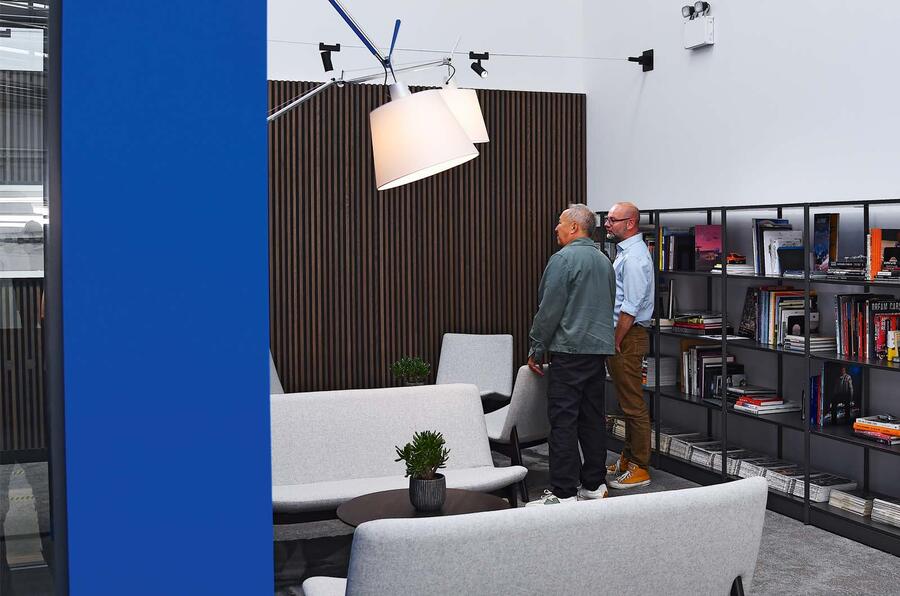
I suggest that it’s hard not to imagine American design teams, who might be working on their third generation of some well-known model, being irritated by a bunch of British upstarts.
But Thomson bats the idea away: “Our aim is to be surprising with no surprises. We don’t want just to annoy people but to stretch their thinking a bit and to present new ways of reaching design goals.
Sometimes we’re there to shock people.”Thomson has in a long career seen unfortunate examples of an absence of this ‘stretching’.
He recalls an event at VW when no fewer than 18 full-sized concepts for the next Passat were presented, most of whose creators were intent on “winning” by anticipating what other teams did rather than presenting their best work.
At Jaguar, he recalls, a constant comment on advanced design proposals was: “That’s not a Jag.” This experience is the main reason why Thomson always involves his entire team in formative discussions about every new project. He has seen the value of diverse ideas and the dangers of not hearing them.
“A lot of our younger people are better than me,” he says cheerfully. “I know how to design a car, but I’m not one of them. There are plenty of times when I don’t represent the customer as well as they do. Why would I employ a designer who has just done five years’ training just to scribble down what I think?
Thomson can’t say when – or even whether – a car designed at Ashbourne Drive will ever appear in showrooms, and in a way he doesn’t care.
But if he comes to recognise certain lines on the C10 Corvette (and on other models that can’t be named), he will know that he has fulfilled the brief.



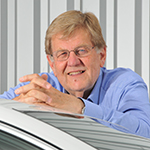




Add your comment